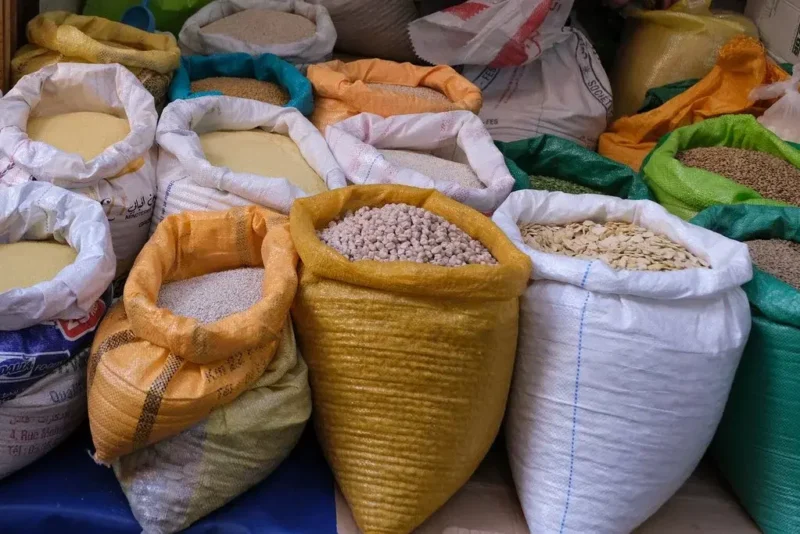A recent report by the National Bureau of Statistics (NBS) has unveiled a troubling reality: 71% of households in Nigeria are grappling with the adverse effects of skyrocketing food prices.
With inflation reaching historic levels and essential goods becoming increasingly unaffordable, the crisis has left many Nigerians struggling to make ends meet.
Nigeria’s food inflation surged by 37.77% year-on-year as of September 2024, driven by a complex interplay of factors:
- Unrelenting Inflation
The overall inflation rate climbed to 32.70% in September 2024, up from 32.15% the previous month. Rising transportation and production costs have amplified the price of essential goods, intensifying the strain on households. - Supply Chain Disruptions
Lingering effects of the COVID-19 pandemic and global economic volatility have disrupted supply chains, limiting the movement of goods and pushing up food prices. - Insecurity and Violence
Insecurity in Nigeria’s farming regions, particularly in the northeast, continues to impede agricultural activities. Farmers face threats from insurgent groups, reducing crop yields and aggravating food shortages. - Climate Change Impacts
Extreme weather events, including floods and droughts, have ravaged agricultural lands, affecting productivity and further driving up costs. - Fuel Subsidy Removal
The elimination of fuel subsidies has resulted in soaring transportation costs. With fuel prices now at unprecedented levels, the cost of moving goods to markets has contributed significantly to food price increases.
The effects of rising food prices are devastating for Nigerian families, particularly low-income households.
With 71% of households impacted, many families are sinking deeper into poverty, struggling to afford basic staples like rice, beans, and yams.
Financial constraints are forcing families to compromise on nutrition, leading to increased health risks such as malnutrition, particularly among children.
Stagnant wages amidst climbing costs have diminished purchasing power, leaving families with fewer options to sustain their needs.
Eye-Opening Statistics on Food Prices
Key data from the NBS highlights the alarming rise in the cost of staple foods over the past year:
- Broken Rice (Ofada): Up 213.36%, from ₦752.97 to ₦2,359.47.
- Beans (White Black-Eyed): Increased by 272.98%, from ₦691.46 to ₦2,579.02.
- Yam Tubers: Prices rose 180.97%, further burdening households.
- Plantains: Up 177.79%, reflecting a troubling trend across various staples.
- Tomatoes: Experienced a staggering 320% price hike, underscoring the escalating crisis.










Join our Channel...